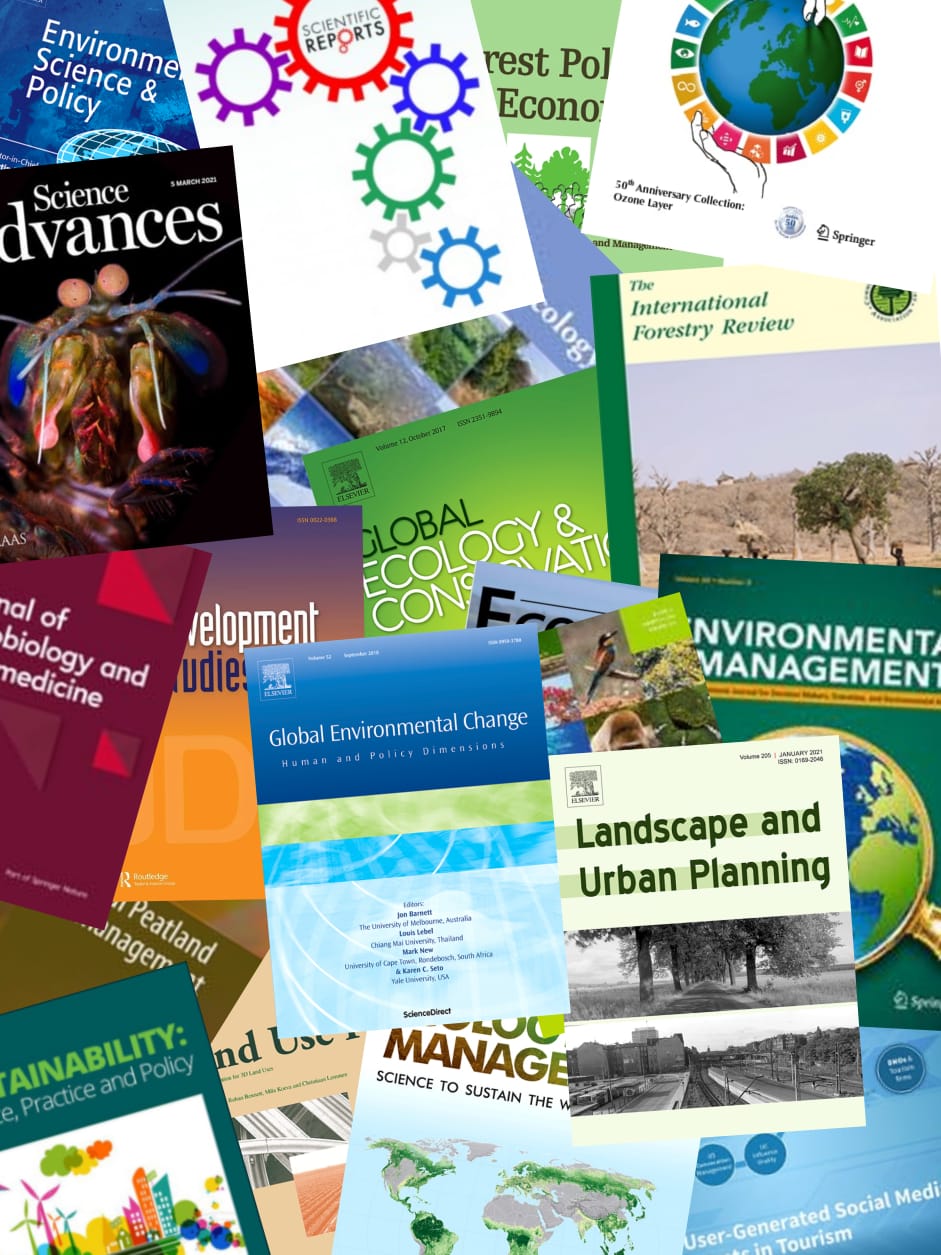Combined with the diverse biophysical and social heterogeneity encountered in the northern mountains, the socioeconomic changes in Vietnam that accompanied the decollectivisation process led to complex agrarian dynamics that today challenge traditional farming and management of natural resources. Data for this study were collected from villages in and around Ba Be National Park (BNP) in the Bac Kan Province located in the northern mountains of Vietnam. Traditional slash and burn cultivation is no longer a sustainable practice in Vietnam. The main challenges in the region are to protect biodiversity, maintain the land productivity and simultaneously support local livelihoods. The study shows that improved agroforestry cultivation could provide significantly higher productivity and income per unit of land, besides decreasing pressure on natural forests. The challenge to protect biodiversity is not met, as improved agroforestry implies less tree species. From an institutional and socio-economic perspective, it is not easy for local communities to readily adapt improved agroforestry. New systems must be tailored site-specific to the diverse local conditions of resource-poor farmers. Copyright © 2006 John Wiley & Sons, Ltd.
View source

